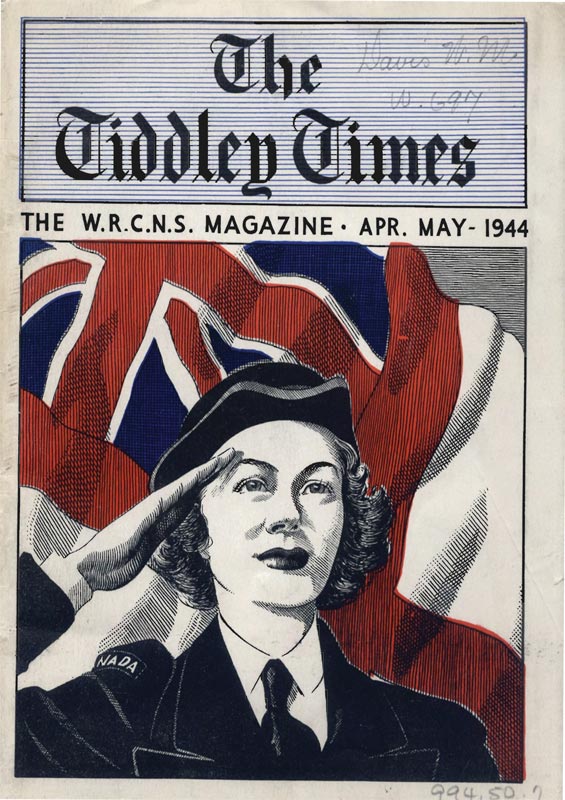Last time we talked about a boat being “Bristol,” but what about the sailor? What do we call the man or woman whose uniform is pressed, shoes polished, and knife lanyard festooned with proper sinnets and Matthew Walker knots? The word is “tiddley,” a word commonly associated with winks and less often with strong drink–a whole other sailing topic. You might wonder why you’ve never heard this word, but ask yourself when you last espied a natty, perfectly dressed sailor. Yet neatness does count.

When Amy Vanderbilt’s books included a section on yachting etiquette, the central issue discussed was suitable attire. Crews of the Victorian era liked to appear neat even after weathering a gale to give the impression it was nothing that would muss one’s hair, and to this day, you best doff your foulies before repairing to the yacht club dining room. Military sailors still tailor their uniforms to fit more handsomely, and try to get just the right fit and rake on their “dixie cup” hat. But yacht clubs and naval uniforms are recent phenomena, whereas the vanity of sailors is ancient. As long as there have been ropes, sailors have advertised their professional competence by the fancy knots decorating their personal accoutrements—a belt, a bag, a bucket. Just as perfect brightwork can give an indication of a boat’s overall condition, fancy work is evidence of a sailor’s inner spirit and skill, and is most assuredly tiddley.
At the Tradewinds docks one is pleased to notice lines neatly stowed in a Flemish coil. In the old days they would have called the lines “cheesed down” and the resultant coil a “cheese.” The practice wasn’t purely ornamental, as the coils were useful for chafing gear, or a non-skid pad for standing long hours at the helm. Five hundred years ago, naval architects had yet to provide below-decks accommodations for the crew, who had to sleep on deck with their mates. But a senior hand would be able to claim, as the privilege of rank, a coil of rope for a mattress. This was as much comfort as the men who discovered America with Columbus could expect to enjoy.
Yet a flair with ropes is a signal of superior seamanship, not a substitute for it. So when smartly dressing the line with a Flemish coil, first make sure the knot being finished is properly tied. A Flemish coil issuing from an improper cleat hitch is, sir, definitely not tiddley.

Great article as usual.
Thanks, John.
That’s really nice post. I appreciate your skills. Thanks for sharing.
Thanks for the kind words.